The following is a guest post written by Burkhard Berger.
Burkhard Berger is the founder of Novum™. Follow Burkhard on his journey from $0 to $100,000 per month. He's sharing everything he learned in his income reports on Novum™ so you can pick up on his mistakes and wins.
It is a common fact that before reaching out to hospitals, people rely on online searches for health concerns. After the pandemic hit, these online researches soared high. This is where inbound marketing for hospitals and the healthcare industry became even more important.
Inbound marketing, a relatively new concept for the healthcare industry, took off like wildfire because it allowed more people to know exactly when and where to avail of a certain healthcare facility.
Inbound marketing brings value to every piece of published content, aiming to meet the audiences' needs and build high-quality, long-term relationships. Yet, it could only be conducted well with adequate marketing insights and knowledge.
Today’s post focuses on inbound marketing strategies for hospitals to skyrocket engagement and conversion rates. After reading this article, you'll get a lowdown on the importance of these strategies and which inbound marketing strategies are essential for your hospital to increase its patient base.
Importance Of Inbound Marketing For Hospitals
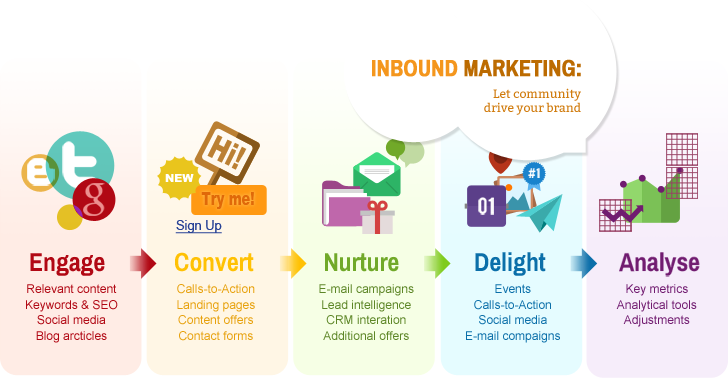
Gone are the days when inbound marketing was limited to eCommerce platforms and dropshipping businesses. It has now become equally important for healthcare service providers but engaging new patients and retaining current ones could be challenging for hospitals. Thanks to digitalization, however, hospitals can now take advantage of inbound marketing to achieve their marketing goals.
Statistics reveal that 72% of marketers from healthcare organizations agree that content marketing increases their lead volume, proving the efficacy and value of inbound marketing. Let's dive deeper into its benefits and see why more hospitals have considered inbound marketing in recent years:
A. Manifests Your Company As An Industry Leader
Building a robust inbound marketing strategy will attract more attention from your potential patients and partners. You gain loyal clients, and they could spread word-of-mouth to people around them to get you more referrals.
Whether it is comprehensive how-to guides, explanatory videos, webinars, or onsite optimization, creating captivating inbound marketing content helps portray a professional image of your company. These materials could be a valuable source of information, giving the readers trustworthy guidance in handling their medical issues.
Your reputation enhances if you've done the inbound marketing well. At Bizzuka, we can help you achieve all this. Our fractional CMOs will assist you in establishing a high-achieving sales and marketing team to boost your revenue targets consistently. And our proprietary OPTICS™ framework will help you acquire new insights and improve client relationships.
B. Generates Natural Marketing Content
According to Hubspot, most people think that advertisements are invasive, and they believe that these ad companies track their behaviors to retarget them with more ads. This is why more internet users are becoming less tolerant of blatant ads.
But inbound marketing has a different impact compared to intrusive traditional ads. It comes more naturally as you supply valuable information and knowledge that benefit people.
Your prospective patients tend to visit your blog posts or YouTube videos for helpful advice. And because of their increased trust in you, they are also more inclined to contact you should they experience any medical problems.
C. Facilitates The Recruitment Process
Another undeniable benefit of inbound marketing for hospitals is that it makes hiring more manageable and faster with qualified employees.
Inbound marketing is an excellent way to showcase your company's culture. Potential employees will proactively apply for jobs at your hospitals if they find your workplace culture suitable. You can easily narrow the applicant pool to find the best candidates that fit your requirements.
The simplified and productive recruitment process helps you recruit top-notch talents who are more likely to blend into your company environment faster. The relationship between these prospects and your company will be stronger because of greater understanding beforehand, resulting in better workplace productivity and lower employee turnover in the long term.
D. Saves You More Marketing Budget
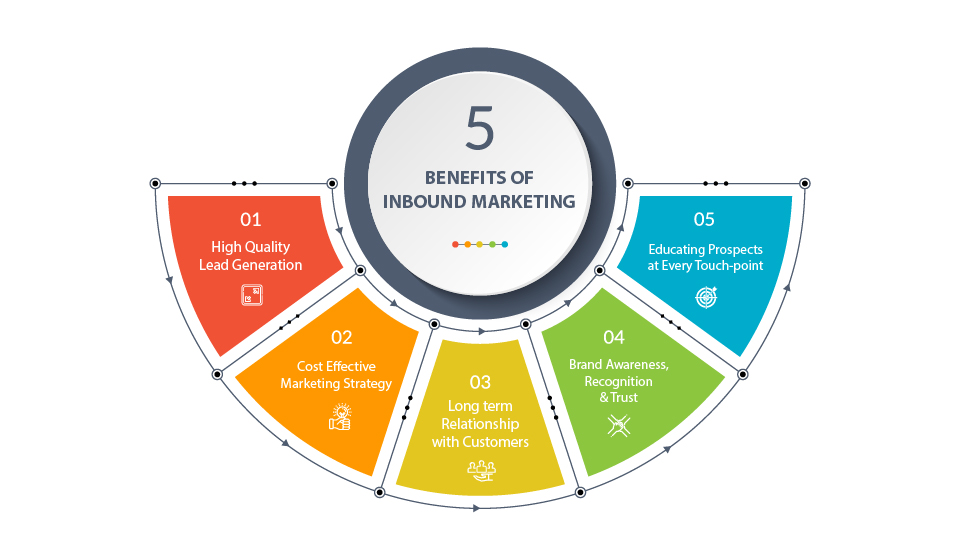
Inbound marketing is a cost-effective method compared to traditional marketing. Even years after publication, any piece of content you create has the potential to generate a lot of leads for you. On the other hand, traditional ads are often one-time advertising that only works within your paying period.
Like any other organization, hospitals have a limited marketing budget, and inbound marketing is one of the most affordable marketing solutions with the broadest impact. You can yield a higher ROI over the years with effective conversion results. It costs 60% less than traditional or outbound marketing, which is why most businesses prefer content marketing over running PPC advertisements.
Now that you know why you should consider this type of marketing, let's examine some of the most effective inbound marketing strategies that have the potential to completely transform your hospital.
8 Inbound Marketing Strategies For Hospitals
Inbound marketing comes in various forms, such as:
Blogs
eBooks
Social media
Press releases
Video marketing
Conducting webinars
Nonetheless, what matters most is their effectiveness in producing your desired outcomes.
Compared to outbound marketing, inbound marketing has a magical "pull power" that makes customers visit you. It acts as a magnet to draw those actively searching for solutions, which is health and wellness related in this case. And as they observe an apparent increase in site visits and engagement, more healthcare providers focus on creating high-quality content copy.
But what are the ultimate strategies for conducting inbound marketing for hospitals?
Fret-not, we have it ready for you. Here are the 8 most effective and result-generating inbound marketing strategies for hospitals.
1. Build A Blog
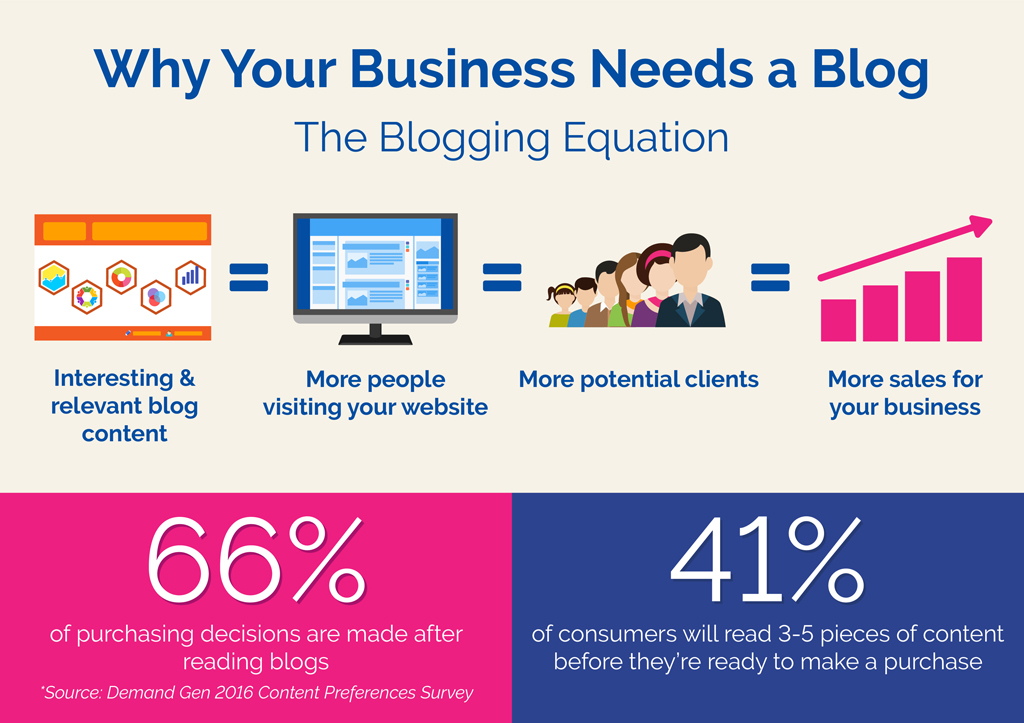
Having a blog is a great way to increase your online presence and deliver the company's value via consistent and valuable content. It does not have time and location limitations, so you can reach anyone, anywhere. Some blogs even get feedback or leads years after the article was posted.
In creating a website that’s search engine optimized, hospitals should ensure targeting appropriate medical keywords while writing quality content. For search engine optimization, consider long-tail and specific keywords for more relevant and comprehensible content. Hiring link-building services are also ideal for generating healthy traffic, and your website is more likely to rank higher in organic search results leading you to a bigger piece of the pie of your target audience.
Besides the textual content, the visual elements, website speed, security, and mobile friendliness also need to be SEO-optimized. Try adding images, infographics, and videos for better visualization.
Aim for website load time to be within 2 seconds for a lower bounce rate, and give your audience peace of mind with the most advanced protection measures. Optimizing the design for mobile devices and making it more responsive will also generate more traffic.
2. Utilize Landing Pages And CTAs
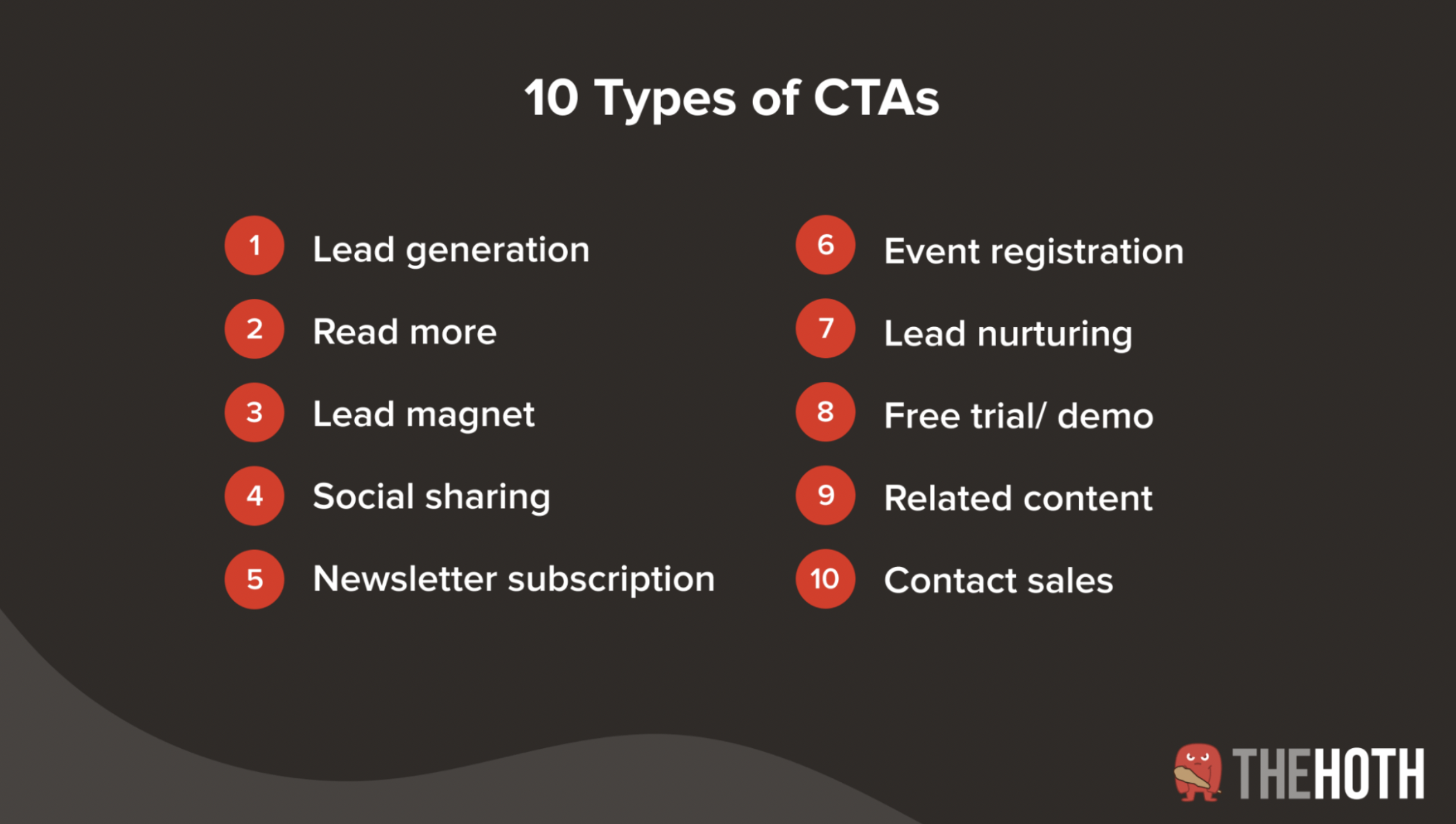
With targeted content and CTAs, a well-designed landing page focuses on a particular audience segment. It helps with patient acquisition by instilling a distinguished first impression for new prospects and is often helpful in converting them into leads via actionable CTAs. You can drive more traffic and develop your prospects down the sales funnel.
The best practices for running a lead-generating landing page include:
Crafting compelling copy
Adding illustrative images
Adding a clear call to action
Writing a benefit-focused heading
Some common CTAs are asking your audience to subscribe to your website's newsletter or getting them to key in their contact, location, and job information.
Use a data pipeline tool to gather and filter the consumer data collected. It’ll help you better understand your potential prospects in terms of demographic and profession. It also eases your sales and marketing efforts when your target audience is nicely categorized.
Nobody understands this better than Bizzuka. We have helped many medical institutions and hospitals build remarkable healthcare marketing strategies, and our free, 20-question self-assessment will help you quickly and clearly identify which of the Six Critical Phases of marketing are potentially holding you back from achieving your revenue growth goals.
3. Run Segmented Email Marketing
Email marketing is one of the best marketing channels to help hospitals achieve higher ROI. Automated email marketing tools are usually low in cost, simple to operate, and easy to measure. It can have an impulsive impact and revenue uplift from just a single campaign.
The core of email marketing is content and design. You should prepare an engaging headline, proofread content, and well-designed graphics to improve your content readability and attract the readers' attention. A specific call-to-action button can drive users to take further action, be it appointment booking, free calls with your specialists, or webinar applications.
The best way to leverage your email marketing effort is to send informative health and wellness content to your segmented subscribers that have been categorized based on their healthcare assistance requirements like physical therapy, orthopedics, surgery alternatives, and even cancer treatments.
Avoid sending daily emails so they won't regard them as spam. Always remember to analyze the metrics after every campaign to refine your email marketing strategy over time. Use marketing calendar software to schedule the campaigns and better manage your marketing projects.
Sharing actionable health-related resources with subscribers like reminding them to make exercise a daily routine, going easy on alcohol, and protecting kids by wearing face masks in crowded places, could build an authentic relationship between your audience and your company. Their likelihood of becoming more interested in your healthcare services will rise as a result.
4. Conduct Interactive Social Media Marketing
Building your company profiles on social media platforms like Facebook, Twitter, Instagram, and LinkedIn leads to better and more direct interactions with your potential audience. 90% of millennials believe in health-related information on social media and are more likely to participate in these online health campaigns.
You can grow your engagement rates and brand recognition by sharing daily updates, informative guides on best healthcare practices, and awareness events to nurture a long-term relationship with loyal customers. Focus on online reviews and testimonials as they add integrity and trustworthiness to your content, facilitating the dissemination of information about your services, and even your brand's history.
Social media marketing also allows hospitals to raise awareness for prevalent health issues, such as cardiovascular disease, diabetes, and cancer. Awareness enables early detection so people can take preventative measures with check-ups and screening, enhancing access to healthcare.
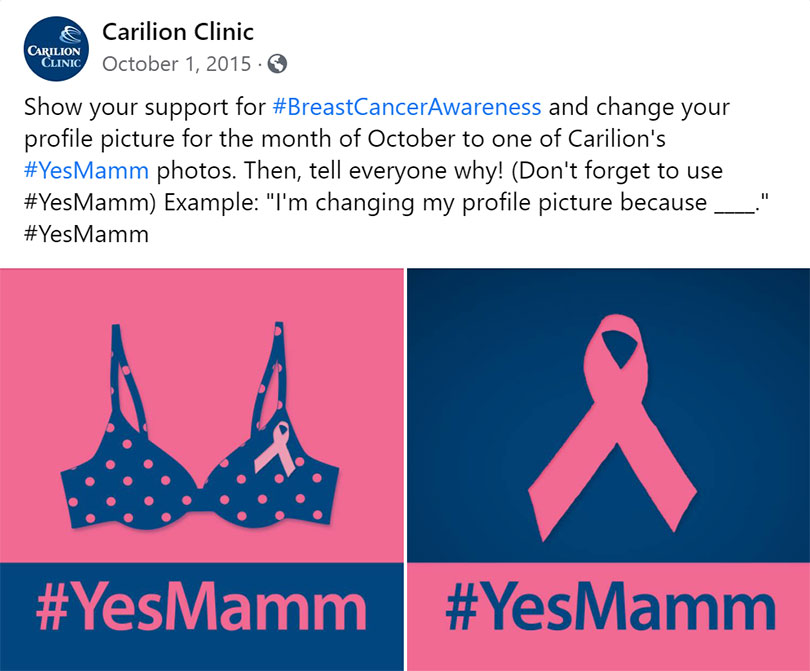
One of the most effective examples is an online campaign launched by Carilion Clinic with the tagline "YES MAMM, Say Yes to Your Annual Mammogram" to bring awareness toward breast cancer. This old campaign has been one of the most successful marketing campaigns in the healthcare industry and has driven significant traffic to their website with just a hashtag.
5. Use Strategic Influencer Marketing
Health and wellness have been trending topics in recent years. Many healthcare professionals and celebrities share health-related content more frequently than ever on social media. And onboarding the right influencer can prove to be a smart move.
The follower count is an effective way to filter out the types of influencers for your business. From nano influencers with less than 10k followers to mega influencers with over 1 million followers, they each bring different results. Lesser follower count results in stronger bonding and easier engagement, while larger ones get more eyeballs to your brand.
Start by finding the right platform, be it Instagram, Facebook, Youtube, or Tiktok. Then do hashtag research to find the trending healthcare topics and popular influencers on the particular platform.
The most important aspect is to find the right influencer to promote your brand. A fashion influencer who posts a racy Instagram photo of themselves wearing a Halloween costume or a gaming influencer who live streams their speedrunning of games can be the perfect fit for fashion brands and tech firms respectively, but not for hospitals. A health and fitness influencer, on the other hand, would be better suited to the healthcare industry.
After shortlisting the influencer and analyzing the followers and engagement rates, check on your competitors and the influencers' content to form the right influencer marketing strategy.
When influencer marketing is done right, you can spread brand awareness, instill trust and credibility, and reach a bigger pool of health-concerned audiences. The ultimate goal is gaining more prospects and boosting sales while keeping the ROI high.
6. Retarget And Remarket
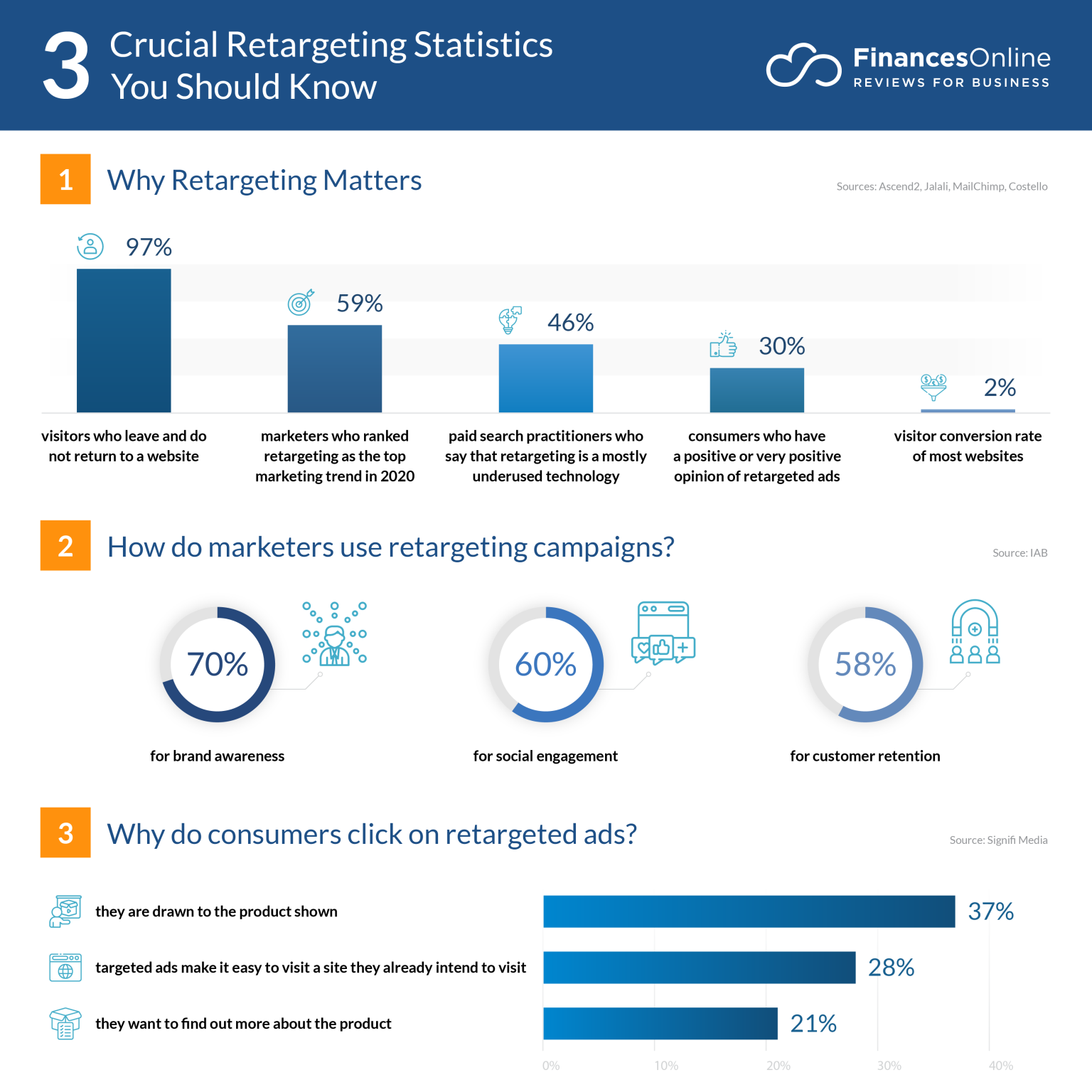
Retargeting lets you reach a wide range of audiences using various methods and enables hospitals to better connect with potential prospects that exited their websites without buying. On the other hand, remarketing increases your marketing effectiveness and efficiency by targeting audiences already interested in your offs.
Both retargeting and remarketing help you to re-engage with clients with a higher conversion chance at the right timing, whether subscribing to newsletters, buying your products, messaging your specialists, or downloading your promotional materials.
You'll get a brand recall saving money on paid advertising. Sometimes, it could lead to upselling or cross-selling to boost your revenue. You can retarget your audience who have interacted with your products without purchasing or have shown interest in your brand without converting.
Run A/B testing or use other similar marketing methods on a specific group of audiences and analyze the efforts using functional software.
Pro Advice: Focus better on the segmentation for retargeting and remarketing.
7. Maintain Brand Consistency
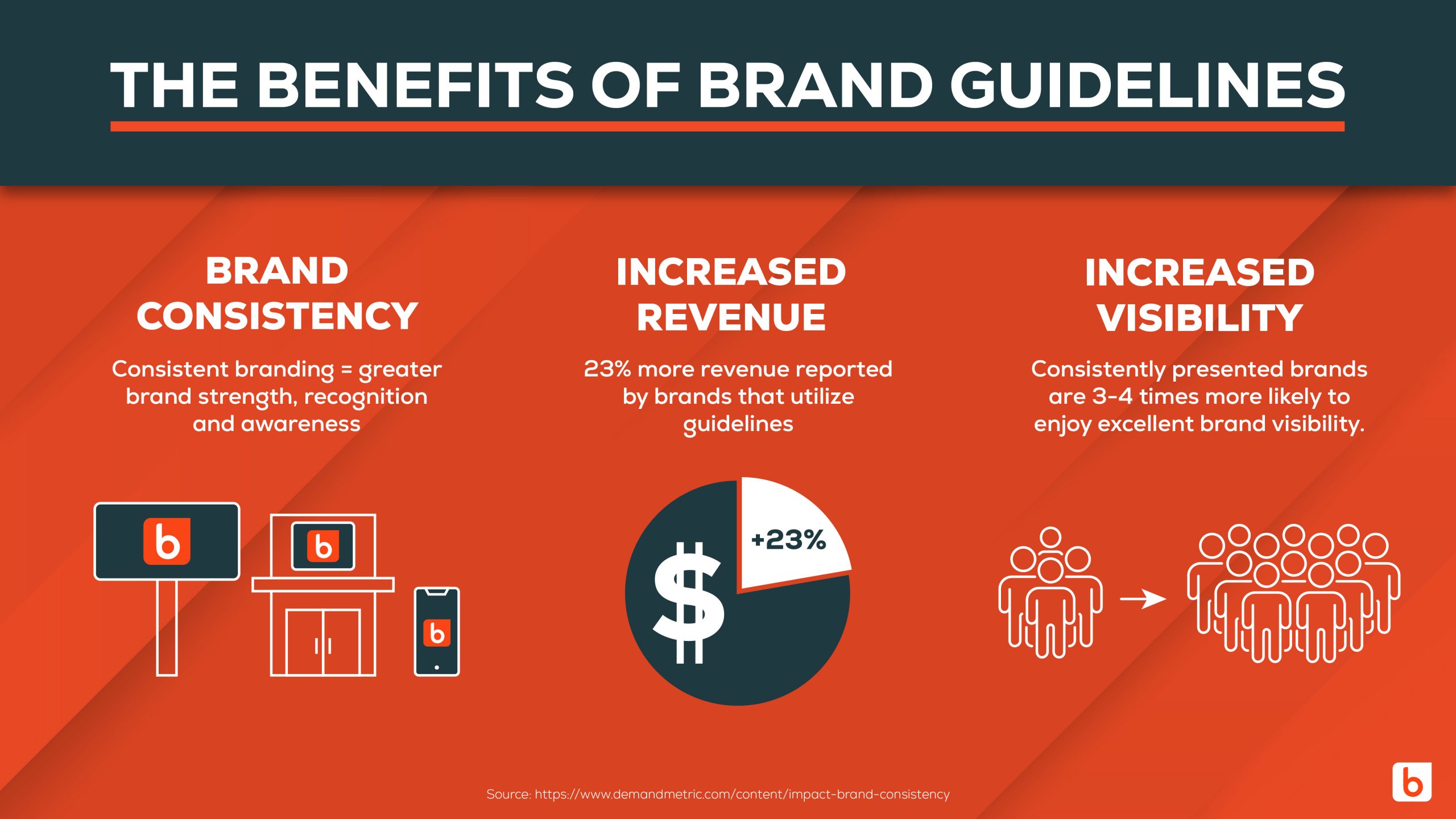
Branding develops an unforgettable impression on your audiences so you can establish a solid relationship with them. When done right, your branding tells about your credibility, consistency, and company values, like how the eCommerce giant Alibaba has done it.
Leveraging the best practices of brand consistency, Alibaba has become a reliable brand and has made customers understand the unique selling points that make them better than any other competitor and eventually transform them into loyal customers.
To carry a consistent branding, hospitals should prepare a customized brand guide with a clear mission statement to prevent mistakes in daily tasks. In the visual part, ensure the same color palette across all assets, be it the company logo, building, uniform, or print and digital materials. Constantly updating the branded materials is vital too.
Maintaining a consistent tone of voice, designs, and colors, significantly contributes to the reputation management of the brand the hospital intends to build. Healthcare consumers can recognize their brands better and are more likely to stay with them for longer.
8. Set Goals And Analyze The Results
While it seems reasonable to set solely revenue-based goals for your inbound marketing effort, you should also consider other marketing goals like engagement rate, patient experience and satisfaction, and rankings on the Google search engine. If you've just launched a new diagnostic mobile app, concentrate on boosting brand awareness and increasing downloads and quantify the targets.
Tracking and analyzing key performance metrics are crucial to enable in-time adjustment based on data analytics. The metrics include:
- Website traffic
- Conversion rates
- Click-through rates
- Brand awareness data
Setting measurable hospital marketing goals allows you to define the company's direction, vision, and mission. You can better calculate the effectiveness of your campaigns and their impacts on engagement, sales, or overall performance.
Inbound marketing for hospitals has a significant role in connecting with consumers, generating interactions, and boosting conversions. These types of inbound marketing strategies require varying efforts, and each of them yields different results.
Using multiple inbound marketing strategies together might further leverage your healthcare marketing outcomes. But preparing your digital marketing plan is the most important step to prevent your entire team from heading in the wrong direction. With a transparent mission and practical flow, your brand gains more customer loyalty, reputation, and revenue.
Searching for a credible inbound marketing strategist to boost your branding? Bizzuka is all you need. With over 20 years of experience, we are highly skilled at delivering proven results. Get in touch with our marketing experts by scheduling a free marketing diagnostic consultation.

